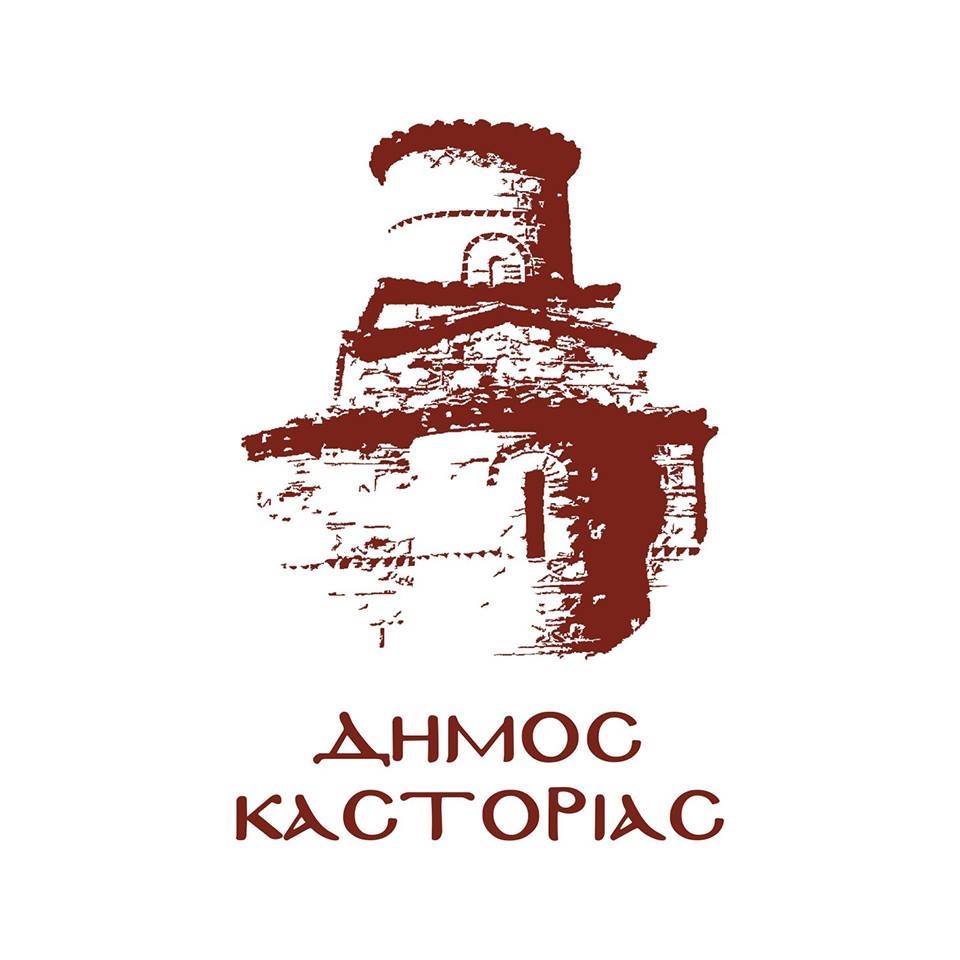Monument of Jewish Martyrs of Kastoria
Hightlight
-
 Parking
Parking
The Monument of the Jewish Martyrs of Kastoria, victims of the Holocaust, is located in a panoramic spot with a wonderful view of the lake. The memorial has been erected at the place where the Germans gathered the Jews of Kastoria, in order to send them to the Nazi concentration camps on 24 March 1944. It stands there as a reminder of the existence in the city of a once numerous Jewish community, which was never able to re-establish itself. Few of the former Jewish residents have returned to Kastoria, while much of the local community is unaware that the town was once home to one of the most populous Jewish communities in Macedonia. The synagogue of the Jewish quarter was demolished in the middle of the 20th century, while the only buildings that testify to the presence of Jews are the houses that survived in the districts where they once lived and kept their businesses.
In the following centuries, the Jews of Kastoria will approach one tenth of the total population of the city. The majority of the members of the Jewish community were itinerant small traders and craftsmen. But there were also a number of large merchants, with leading positions both in community offices and in the local community, whose businesses were spread throughout the then important economic centres of Europe (Vienna, Budapest, Dresden).
In 1830 the last synagogue of Kastoria, Beth Kal, was built, replacing some other smaller synagogues, which were destroyed mainly by fires. Outside the synagogue building there was the ritual bath, Mikve and at the back the Greek-Israelite school. After 1912, with the incorporation of the city into the Greek territory, the Jews of Kastoria settled mainly in the district of Tsarshi and were active in the commercial business of textiles, glassware, and novelties, but there were also owners of confectioneries, grocery stores, etc. After 1941 and until the capitulation of Italy, to whose zone of influence Kastoria belonged, the Jews lived two “peaceful” years. In September 1943 the Germans entered the city. Berry Nahmia, in her book, says that another German ploy was the sending of fake letters allegedly written by relatives supposedly settled in Poland, with the aim of reassuring the Jewish community. On the night of 24 March 1944, the Jewish population of the town was arrested and imprisoned in the Girls’ Gymnasium in Kastoria. Three days later, 763 people, together with a small number of Yugoslav Jews who had taken refuge in Kastoria, were driven by trucks to Thessaloniki and from there to Poland, on the journey of no return.
The synagogue was demolished in 1948, the school a few years later. The community’s cemetery, at the spring of Doblitsa, no longer exists. Today, only one Jewish family lives in the town. Fifty-some years later, few people remember, or even worse, few know, that for a millennium a large Jewish community lived in this place.














